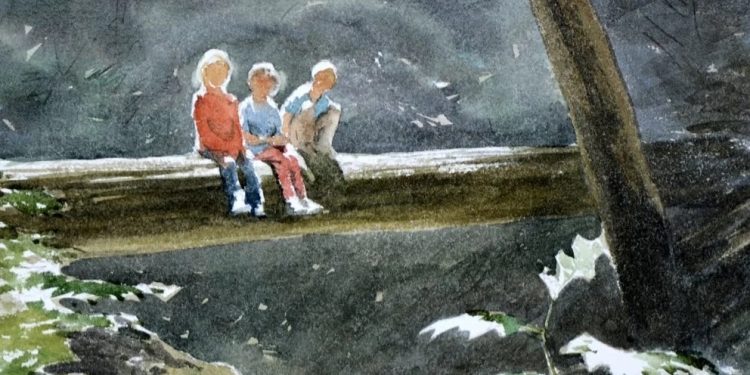Måns Sjöberg is a swedish painter who specializes in watercolor. He lives in Lund, Sweden.
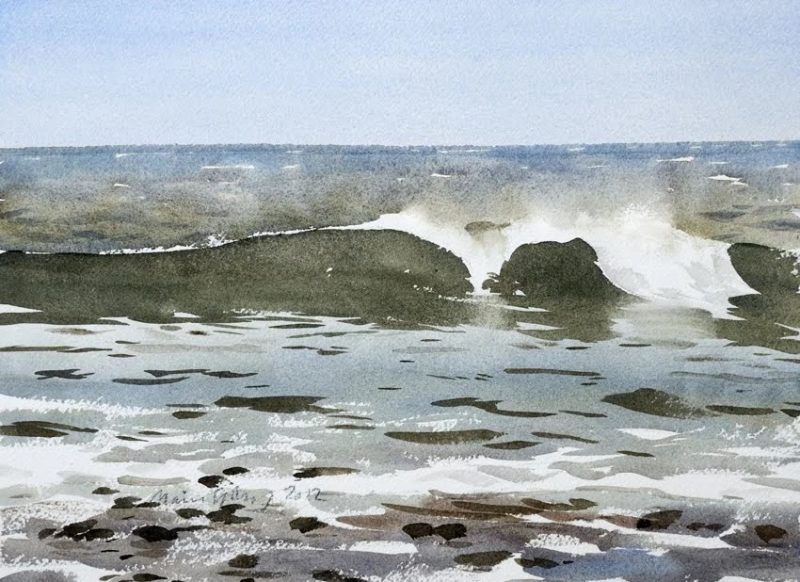
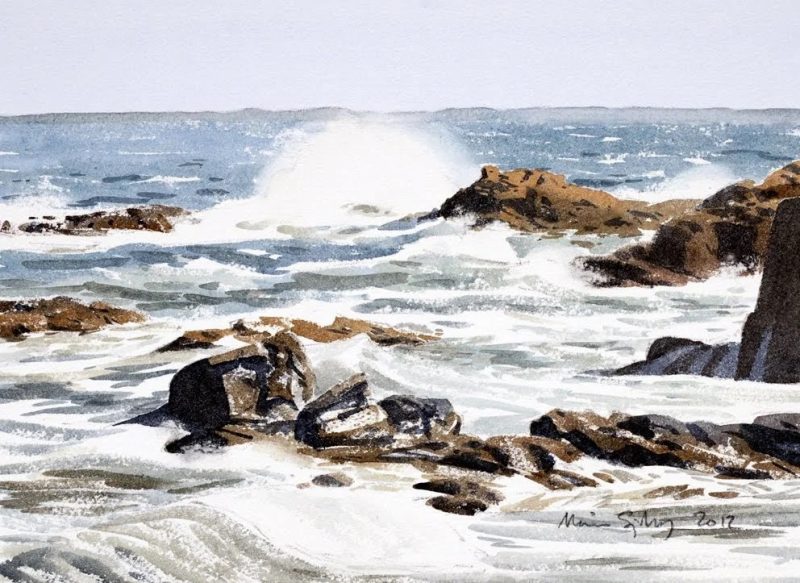
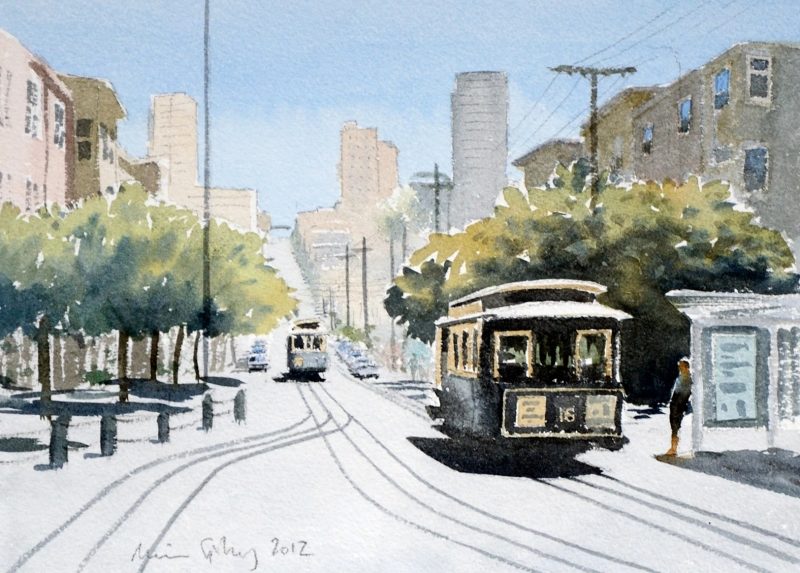
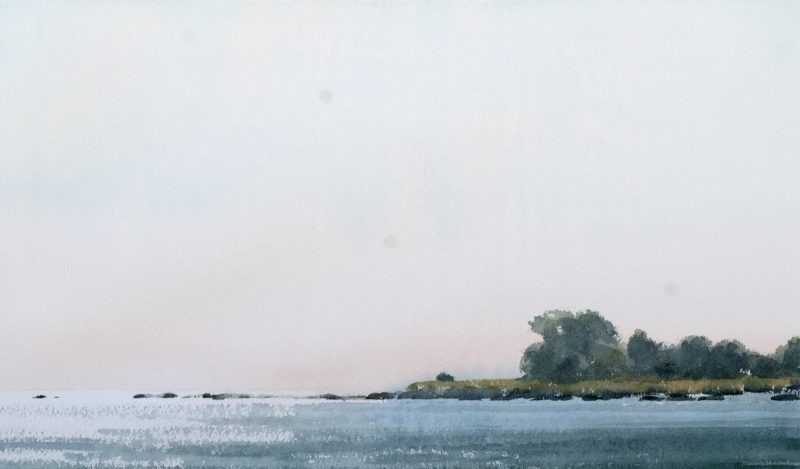
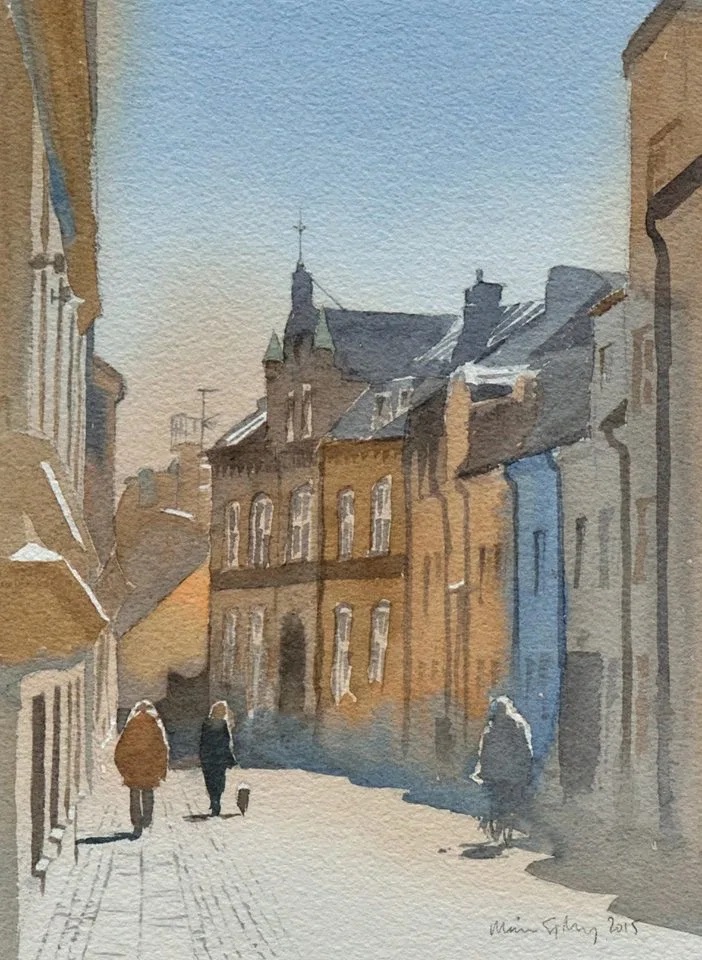
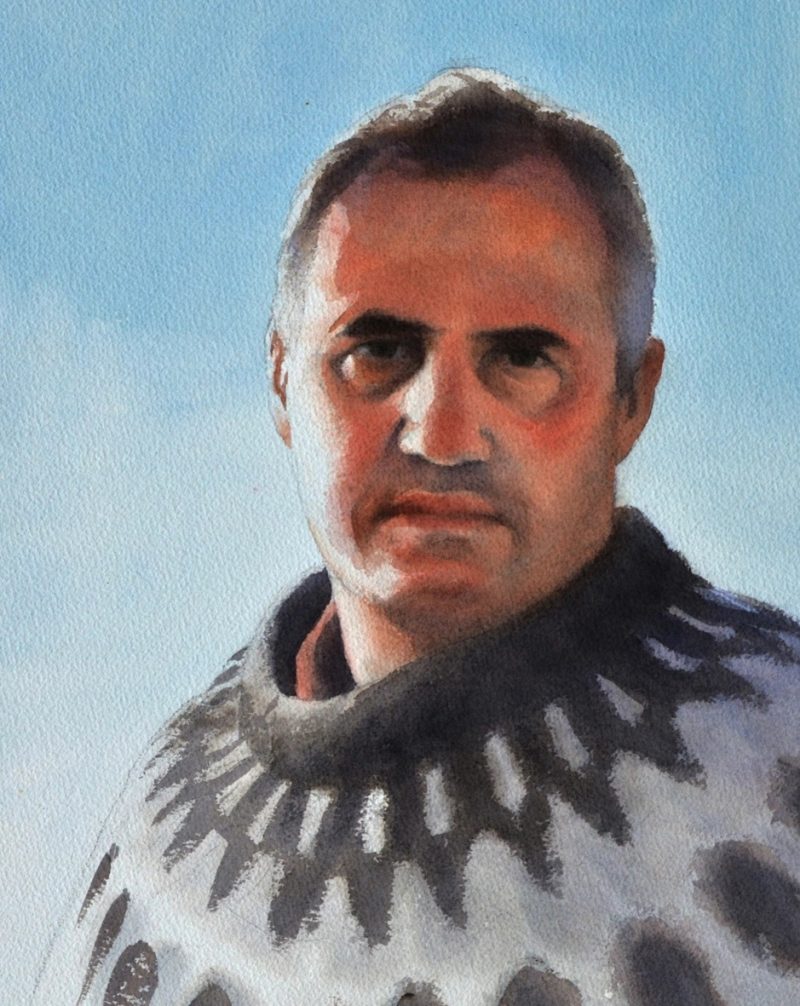
“Watercolor painting is my favorite occupation since my 4th birthday, when I got a paintbox for present. Because I grew up in a family with a great interest in nature, animals became my first motifs.”
How is life in Sweden? What is your present function at Folkuniversitetet, BMSL and the Montessori School?
Sweden has a varied nature and a lot of people interested in it, but for someone who loves outdoor painting, temperatures below the freezing point often force you to do something else or travel abroad. The last few years my wife and I have fallen in love with both California and Australia, but we seem to be keeping Sweden as our comfortable base.
I am an educated archaeologist and worked as a museum curator for seven years. Since 2004 Bilingual Montessori School of Lund is my main occupation. I am an after school recreation instructor for kids 6-8 years old, which allows me to do some artistic stuff at work.

I teach watercolor painting to beginners and continuers at Folkuniversitetet. We are usually in our studio in the center of Lund but occasionally we have done some field sketching outdoors.
Since 2009 I am also a watercolor teacher at Folkuniversitetet. I run one beginners [class] and two continuing courses: one that concentrates on people and animals and the other focusing on light and air. On the side, I do some illustration jobs. I recently illustrated a book about a birdwatcher in the 1830’s and a Stone Age exhibition at the Trelleborg Museum. In my spare time I am responsible for the book review and bird painter sections of the ornithological magazine Anser.
I see you started watercolor at a very young age. Who has influenced you the most in the area of watercolor painting?
My first heroes were comic-strip artists like Mort Drucker and André Franquin as well as the Swedish hunter and draftsman Harald Wiberg and the internationally renowned artist Anders Zorn. Lars Jonsson’s field guide Birds in Europe was published when I was 12 and inspired a lot of young birders like myself. Thus my interest for watercolor painting grew out of a love for drawing, and as an adult my sources of inspiration are mostly painters who base their works on strong line drawings like John Yardley and lately Chien Chung Wei and Charles Reid. I also exchange ideas and discuss painting and drawing with my friends Peter Elfman, Hans Larsson, Lars Fredholm, and Gunnar Tryggmo. A few times each year we get together for a “sketchcrawl” – always enormously worthwhile.
Can you take us through a basic introduction to watercolor painting and how it differs from other types of painting such as oils and acrylics.
Watercolor painting has a lot in common with sour dough baking and beer brewing. We have a few well chosen materials and develop a sensitivity to what to do with them. The water, paper, and paint have cards to play and the painter’s job is to get to know them and find a way to interact with them. I have little experience of oils and acrylics but I think watercolor is the ultimate medium for controlling something essentially uncontrollable. Apart from that, watercolor is the fastest and most portable technique. I have set up a kit that fits in a shoulder bag and contains anything you might need for painting including a tripod.
When teaching, what are some of the most common mistakes that you see in beginners when it comes to painting with watercolor?
Since basic art skills are often overlooked in Swedish schools, a “writing reflex” tends to steer a lot of the beginners. They’ll grab a small brush and use it for outlines instead of washes. It also takes a lot of time and effort to learn to control the humidity, as to pay attention to light and shade and not insist on local color. Much of this is due to self-confidence, so I encourage the students to be bolder and not to be afraid of mistakes, as we learn a lot from those. “It’s just a piece of paper”.
“I live in Lund with my wife and children and work as an assistant and recreation instructor in a trilingual Montessori school, painting being my sideline and hobby.”
What do you prefer most; Scenes from photographs or outdoor paintin
g?
I prefer painting from life. My paintings benefit greatly from direct contact with the motif as from a limited set of materials. If I have too much time and comfort, I will easily overdo my works, because concentrating on the essential is crucial. But sometimes the wind and cold make outdoor painting difficult, so in fact I paint a lot more in my studio than in the field. I typically make a sketch on location and a finished painting at home.

My best painting spot was the little flat, unsettled island Långaskär in the Blekinge archipelago, where we spent a couple of weeks every summer. I strolled around on the cattle trails with my binoculars and a drawing pad and painted greenshanks, wheatears, kestrels, teals, plovers, and cormorants as I found them roosting in the bays or perched on the boulders.
How have the actual watercolor materials changed over the years that you have been painting?
It’s so easy to find information on the Internet, and a lot of painters are much more aware of the quality of stuff than they used to be. That spurs the paint makers, such as Daniel Smith, to introduce new pigments.
For example the quinacridones have proven a godsend. It’s a pity we are losing some of the new dyestuffs now that the car coating industry is dropping them but I think we’ll be okay. You can always trust mankind to never stop seeking new ways.
The Swedish artist and oil paint manufacturer Gunnar Ottosson is currently developing his own watercolor brand. I tried a test set three years ago and I’m looking forward to trying the finished product once they release it. My own homemade paints can’t compete with the artist’s quality brands on the market yet.
The brush market has seen a development too, with new synthetic filaments making good brushes fully affordable. I’m currently using a round no 12 by Raphael and a goat hair hake brush.Papers have looked the same throughout my watercolor years but I think we are going to see more of the high white ones and eventually some environment friendly cotton papers.
What are some of your most favorite art works that you have created?
I have created my best works during the last few years, probably thanks to exchanging tips and ideas with others. All my top paintings start on site but may be finished in the studio, and take less than two hours to paint.
As a teenager I made a few field sketches of a Golden Eagle from above, soaring in Fjallen, the Swedish-Norwegian mountain range. I didn’t have time for the background but many years later, on a flight to San Francisco, I took a photo of the Rockies and used it as a reference for the background of that painting.
Another favorite was born on a boat trip to the amazing Seal Rocks off Melbourne. The Australian light presented enormous tone contrasts, and the raging waves made a beautiful backdrop to a lone fur seal on a rock. A few quick sketches and photos and an hour and a half in the studio was enough for that painting, which I am very satisfied with.
What is the best way to begin painting watercolor?
The best way to learn watercolor painting is probably to attend a course. That way you’ll learn the basics first and not have to fill in your knowledge gaps later.
I took my first course last summer and wish I had done so much earlier. (I started painting at four, when I got a paintbox for present.) Also, sharing tips and ideas with others and watching instructional dvd:s will widen your views.
Can you tell us more about the Nordic Nature Painters site?
In particular Peter Elfman and myself were talking about doing something together and using a modern medium for that. We didn’t want to found an awkward association with a board and economy but something small and informal that we could handle swiftly. I already had my own blog, so it was easy to set up a new one and invite the others. It’s a nice little project on the side.
Måns Sjöberg is a swedish painter who specializes in watercolor from Lund, Sweden. “I am a watercolor painter, illustrator and instructor. Please contact me at mans.watercolor (at) gmail.com for inquiries. All images © Måns Sjöberg.”

